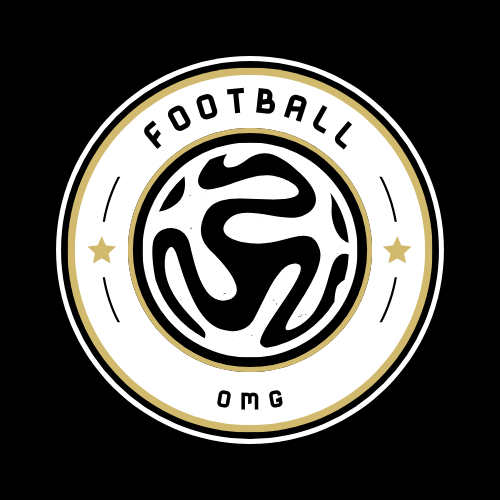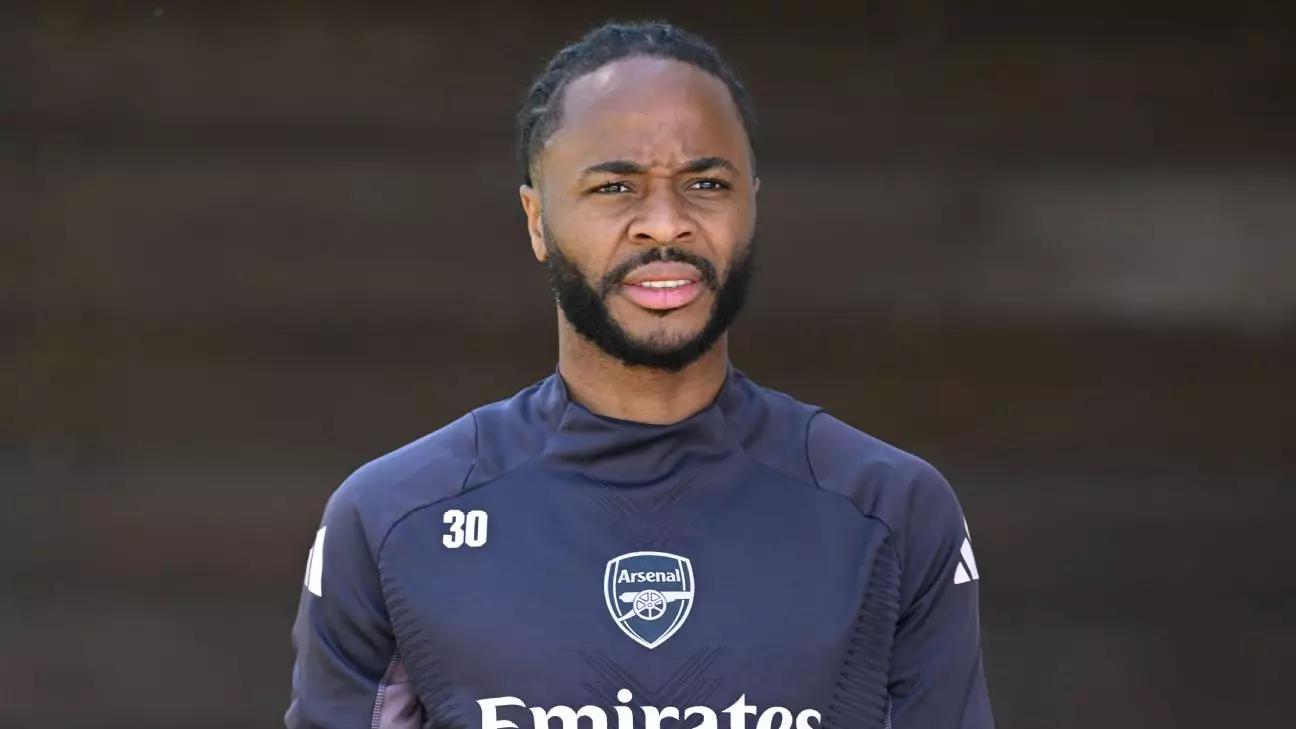Raheem Sterling’s recent career trajectory exemplifies the volatility and unpredictability faced by modern footballers at top clubs. Once celebrated as a prolific winger for both club and country, Sterling now finds himself navigating an uncertain landscape. With two years remaining on his Chelsea contract and a €20 million asking price, his future hinges on a combination of club decisions, personal motivation, and market interest. His exclusion from Chelsea’s squad that secured the Club World Cup indicates a fallen out of favor, casting doubt on whether he can reclaim a prominent role at Stamford Bridge.
However, Sterling’s situation isn’t solely defined by Chelsea’s internal politics. It exposes a broader issue in football: how talented players can become marginalized through managerial tactics, squad reshuffles, or changing club philosophies. Sterling’s loan spell at Arsenal last season was underwhelming, highlighting a decline in his ability to produce impactful performances consistently. This period of struggle underscores the importance of environment and confidence in a player’s form and highlights that talent alone doesn’t guarantee a seamless fit in any team.
Why Top Clubs Are Eyeing Sterling as a Strategic Acquisition
Juventus and Bayer Leverkusen are reportedly interested in acquiring Sterling, signaling that his perceived value remains significant on the European stage. For these clubs, Sterling could represent a strategic gain—an experienced winger capable of adding depth, creativity, and international experience to their squads. Their interest suggests that Sterling still possesses the qualities that made him a star—a quick, nimble, goal-oriented winger—despite recent setbacks.
This situation also raises questions about how Sterling’s talent is being undervalued due to recent struggles. Could a change of scenery rejuvenate his career? The interest from clubs outside the Premier League may well indicate a belief that Sterling’s decline isn’t permanent but a phase that an advantageous environment might help turn around. Moreover, his age—30—means he still has several years to perform at a high level if properly motivated and supported.
Assessing Sterling’s Future: From Marginalization to Market Value
Sterling’s current predicament demonstrates the often harsh reality of professional football—where loyalty, form, and club politics often overshadow raw talent. While Chelsea’s current stance seems to be to offload him for a substantial fee, it also provides a chance for clubs willing to invest to acquire a player with a proven track record in top competitions.
The fact that Sterling is training again and focusing on the upcoming season signals a resilience that shouldn’t be overlooked. He’s at a crossroads—whether to accept a new challenge overseas or fight for resurgence within the Premier League. If Juventus or Leverkusen can offer him consistent playing time and a clear role, he might rediscover his former brilliance.
Ultimately, Sterling’s true value lies not just in his price tag but in how he adapts to his next environment. Clubs that recognize his potential beyond recent setbacks could unlock a renewed player capable of influencing matches at the highest level once again. As fans and analysts, it’s crucial to see beyond the momentary struggles and appreciate this as a potential turning point—an opportunity for Sterling to redefine his career amid the inevitable ebb and flow of football excellence.

